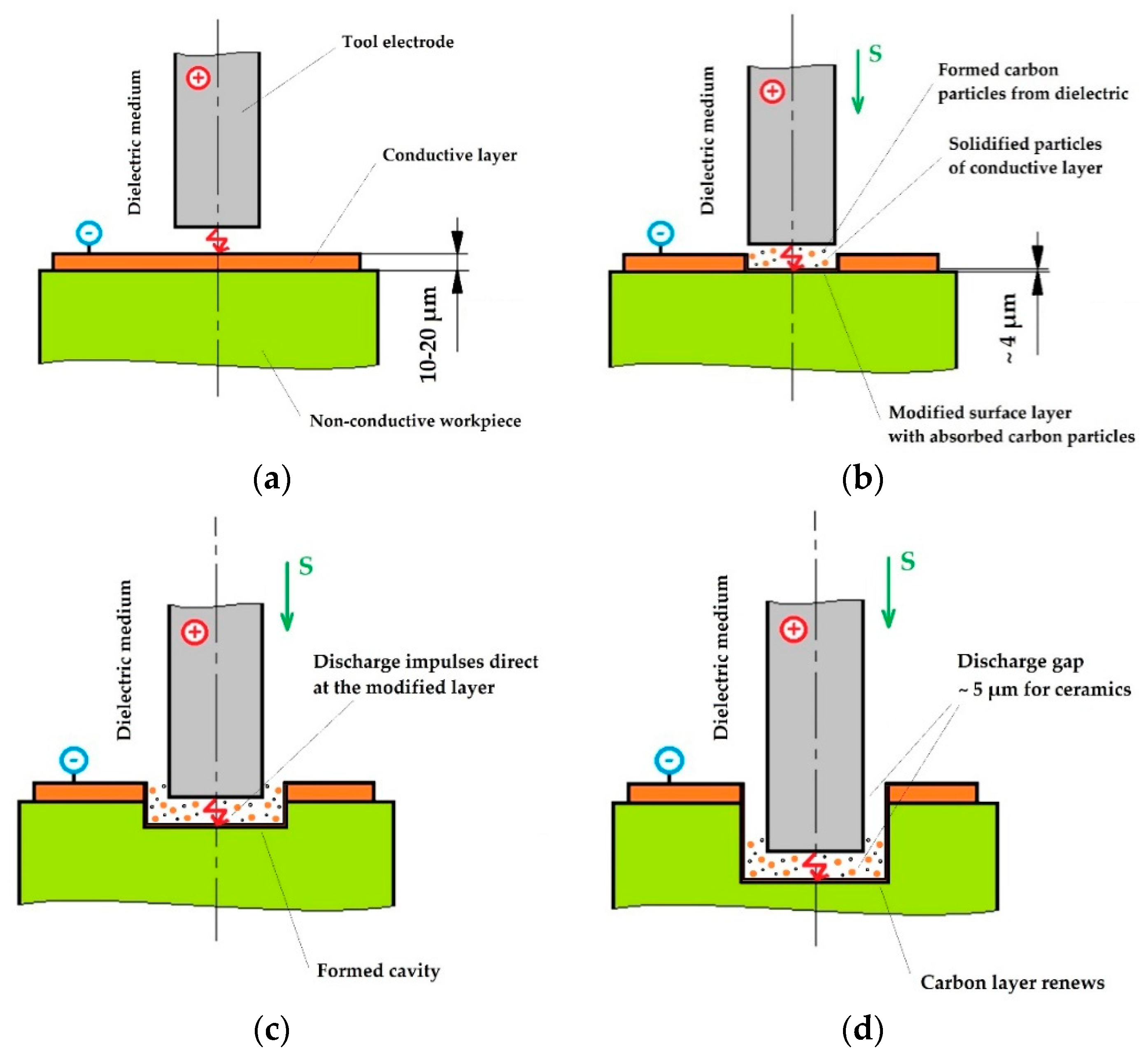In game description conductive ceramics are a manufactured material introduced in v2 1.
Conductive ceramics composition.
Destroyed haulage vessels can be scavenged from the aftermath of combat in shipping lanes.
Component found in ships.
A ceramic material is an inorganic non metallic often crystalline oxide nitride or carbide material.
In addition to the well known physical properties of ceramic materials hardness compressive strength brittleness there is the property of electric resistivity most ceramics resist the flow of electric current and for this reason ceramic materials such as.
Some elements such as carbon or silicon may be considered ceramics ceramic materials are brittle hard strong in compression and weak in shearing and tension.
These ceramics are created with such precision that their very cellular structure is controlled manipulated and created.
Nonconductivity arises from the lack of free electrons such as those found in metals.
They withstand chemical erosion that occurs in other materials subjected to acidic or caustic environments.
Looking at the values quoted in various handbooks papers and data sheets two things are observed.
It has the same sintered crystal body as sapphire and ruby.
In ionically bonded ceramics bonding electrons are accepted by the electronegative elements such as oxygen and.
Known to be salvaged from signal sources in anarchy systems conductive ceramics allow electrical circuits to be constructed within ceramics.
A conductive copper paste contains copper powder and a glass frit of a zinc borosilicate system as a solid component dispersed in an organic vehicle.
Zirconium dioxide zro 2 sometimes known as zirconia not to be confused with zircon is a white crystalline oxide of zirconium its most naturally occurring form with a monoclinic crystalline structure is the mineral baddeleyite a dopant stabilized cubic structured zirconia cubic zirconia is synthesized in various colours for use as a gemstone and a diamond simulant.
Conductive ceramics advanced industrial materials that owing to modifications in their structure serve as electrical conductors.
Ceramic composition and properties ceramic composition and properties nonconductivity.
Frequently used by haulage vessels.
The paste is applied to ceramic green sheets and fired simultaneously with the ceramic green sheets to provide copper coatings on the ceramic.
Alumina is the most well known and most commonly used fine ceramic material.
Modern industrial ceramics can be made to be as tough and as conductive as the hardest metals.
Such highly conductive ceramics are often used in superconductors and many types of superior mechanical devices.
The problem with the thermal conductivity of ceramics is the dependence on the composition grain size and manufacturing process which make it rather difficult to obtain a reliable value from literature only.
A composition of matter which is useful by a particular method for forming an electrically conductive glaze upon the outer surface of a ceramic mold form wherein the combination includes approximately 25 percent potash feldspar approximately 22 percent flint approximately 7 to 8 percent calcium carbonate approximately 1 to 2 percent ball clay approximately 2 to 4 percent kaolin.

